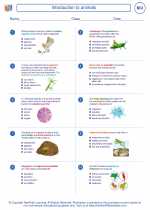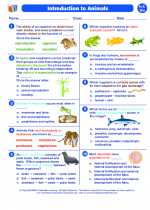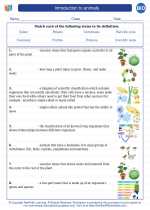White Blood Cells
White blood cells, also known as leukocytes, are a vital part of the immune system. They help the body fight off infections and foreign invaders.
Types of White Blood Cells
- Neutrophils: These are the most common type of white blood cells and are essential for fighting off bacterial infections.
- Lymphocytes: There are two main types of lymphocytes - B cells and T cells. B cells produce antibodies to neutralize pathogens, while T cells directly attack infected cells.
- Monocytes: These cells help to engulf and digest cellular debris and pathogens.
- Eosinophils: They are involved in fighting off parasitic infections and are also involved in allergic reactions.
- Basophils: These cells release histamine and other chemicals involved in promoting inflammation and allergic responses.
Function of White Blood Cells
White blood cells play a crucial role in the immune system by identifying and destroying pathogens, such as bacteria, viruses, and fungi. They also help in the process of inflammation, phagocytosis, and immune response coordination.
Production of White Blood Cells
White blood cells are produced in the bone marrow through a process called hematopoiesis. They are derived from hematopoietic stem cells, which have the ability to develop into various types of blood cells.
Disorders Related to White Blood Cells
Abnormalities in white blood cell count or function can lead to various health issues, including infections, autoimmune disorders, and leukemia.
Study Tips
- Understand the different types of white blood cells and their functions.
- Learn about the production of white blood cells in the bone marrow.
- Explore the disorders related to white blood cells and their implications on health.
- Practice identifying different types of white blood cells under a microscope.
- Review and understand the role of white blood cells in the immune system.
◂Biology Worksheets and Study Guides High School. Introduction to animals
Worksheet/Answer key Introduction to animals
Introduction to animals  Worksheet/Answer key
Worksheet/Answer key Introduction to animals
Introduction to animals  Worksheet/Answer key
Worksheet/Answer key Introduction to animals
Introduction to animals  Worksheet/Answer key
Worksheet/Answer key Introduction to animals
Introduction to animals  Vocabulary/Answer key
Vocabulary/Answer key Introduction to animals
Introduction to animals  Vocabulary/Answer key
Vocabulary/Answer key Introduction to animals
Introduction to animals  Vocabulary/Answer key
Vocabulary/Answer key Introduction to animals
Introduction to animals 

 Worksheet/Answer key
Worksheet/Answer key
 Worksheet/Answer key
Worksheet/Answer key
 Worksheet/Answer key
Worksheet/Answer key
 Vocabulary/Answer key
Vocabulary/Answer key
 Vocabulary/Answer key
Vocabulary/Answer key
 Vocabulary/Answer key
Vocabulary/Answer key

The resources above cover the following skills:
Concepts of Life Science (SC1, SC2, SC3)
The student demonstrates an understanding of the structure, function, behavior, development, life cycles, and diversity of living organisms by describing the structure-function relationship